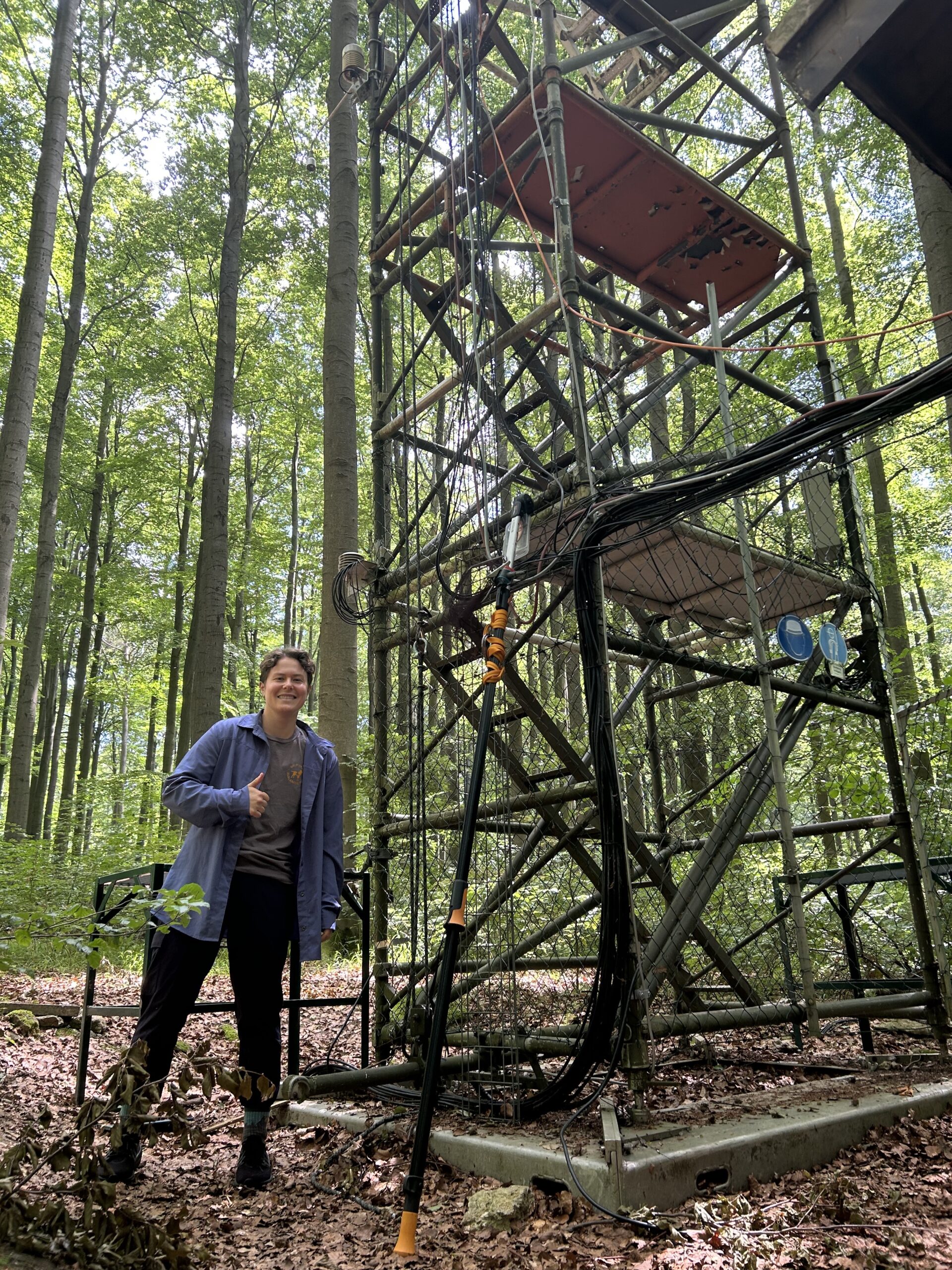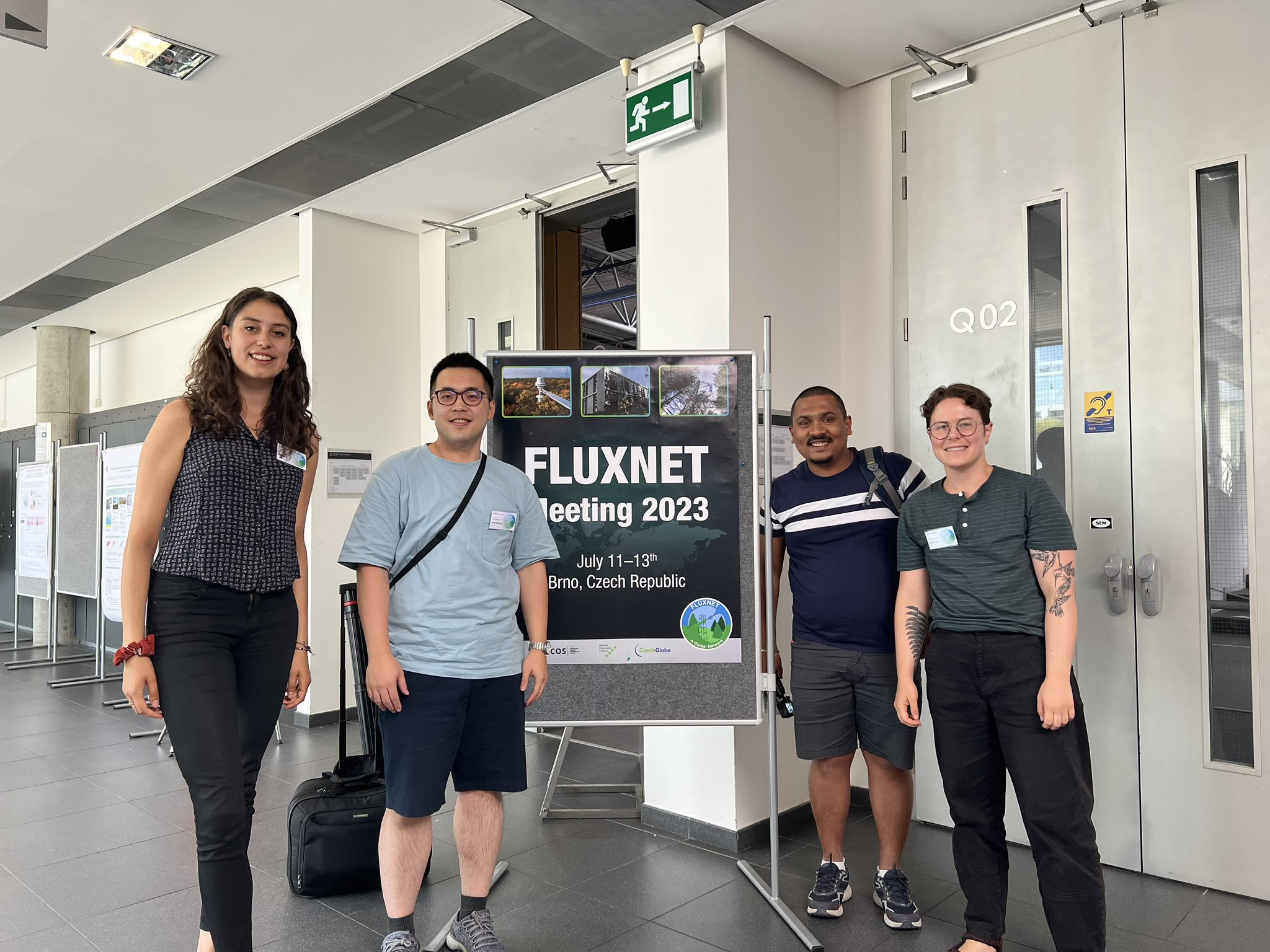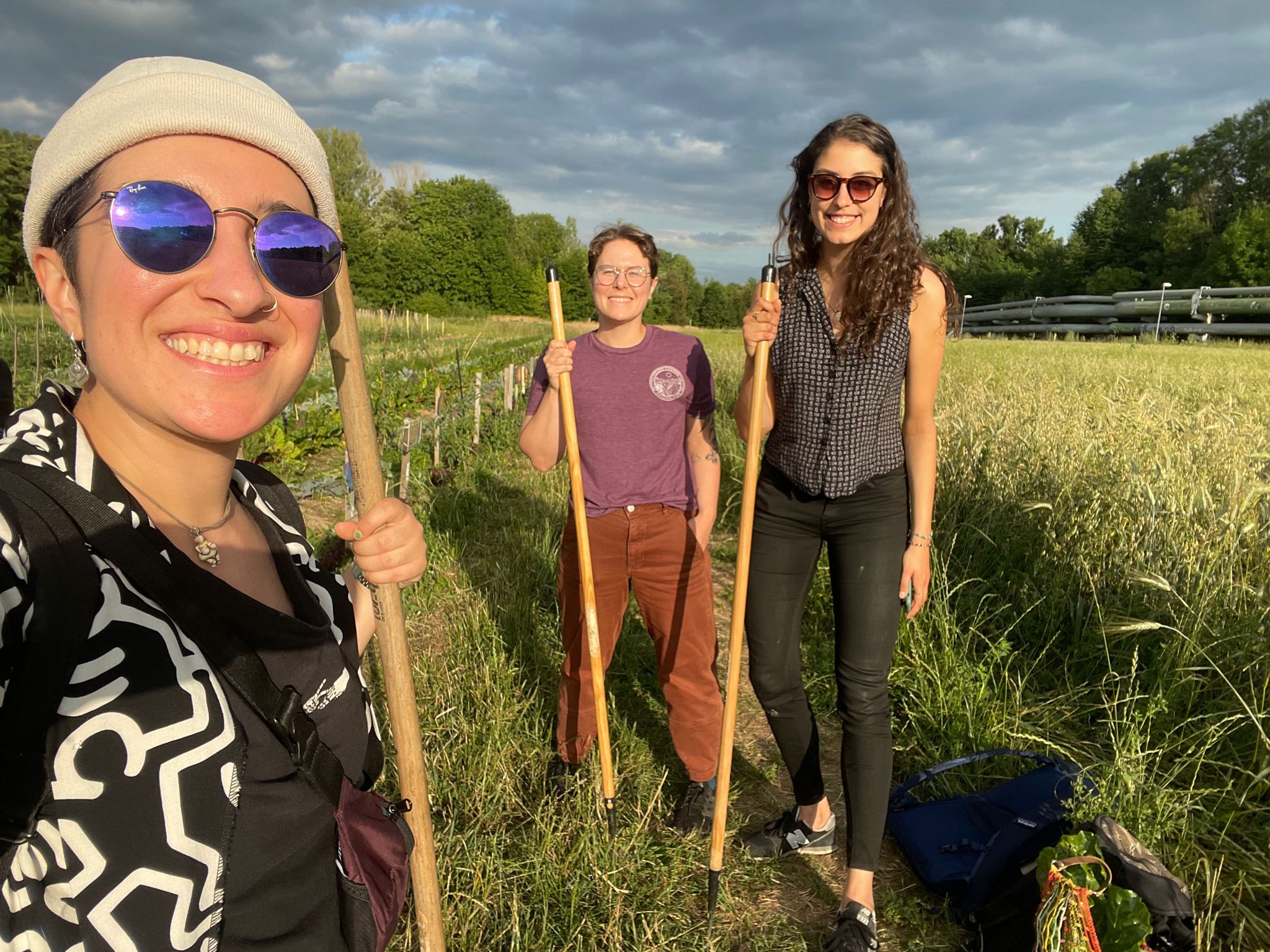Emma Reich, recipient of the 2023 Secondment Program award, has completed the program and wrote the following to share with the FLUXNET community:
In March 2020, a few hours after I had accepted a PhD position in the School of Informatics, Computing, and Cyber Systems at Northern Arizona University, the US went into COVID-19 lockdown. This meant that for the first two years of my time as a new PhD student, the opportunities to interact with scientists from outside my department were limited. I personally mourned the potential connections lost during this period, as interactions with other scientists and the exposure to different scientific perspectives is an invaluable part of what makes science meaningful.
However, in the third year of my PhD I applied for the FLUXNET Secondment Program. In my previous research as part of my PhD, I had been working to combine foundational plant ecophysiology concepts with remote sensing methods, mathematical and statistical models, and computational methods. Specifically, I study how plants use water and how this affects the carbon cycle using Bayesian evapotranspiration partitioning models. However, I previously had only focused on flux tower sites in the U.S. Southwest, and wanted to further explore the concepts that interested me across broader ecosystem types. Additionally, I wanted to build my skillset in conducting high quality, interdisciplinary research and to further develop as a collaborative scientist in the international community.
During my Secondment Program, I spent six weeks this past summer in Jena, Germany at the Max Planck Institute for Biogeochemistry (MPI-BGC). There, I worked with Dr. Jake Nelson and Dr. Nick Lee in the Department of Biogeochemical Integration. Together, we started work on a project that evaluates photosynthesis-transpiration decoupling across timescales and ecosystems using an international dataset of paired eddy covariance and solar-induced fluorescence data. Specifically, we asked what environmental variables and what timescales of influence drive the relationship between transpiration, solar-induced fluorescence, and gross primary productivity, and if the frequency of decoupling depends on whether solar-induced fluorescence or gross primary productivity is used to represent photosynthesis.

While in Germany, I had the opportunity visit the Leinefelde (DE-Lnf) flux tower site, which is one of the sites we are using in the paired eddy covariance and solar-induced fluorescence dataset. Additionally, at the end of the Secondment, I was also able to travel to Brno, Czech Republic for the FLUXNET Annual Meeting, where I presented on the preliminary methods and results that we developed during the Secondment project. However, the highlight of my time during the Secondment was getting the chance to know and talk about science with the wonderful people at MPI-BGC.

My Secondment experience has been a starting point for future collaboration, and I’m excited to continue working on this project with my new collaborators. I would like to thank the FLUXNET Secondment Program for providing this opportunity and to everyone that contributed to the paired dataset, including Qian Zhang, Mirco Migliavacca, Georg Wohlfahrt, Eugénie Paul-Limoges, Micol Rossini, David Martini, Yongguang Zhang, Ritika Kaushal, Nina Buchmann, Christian Brümmer, Dan Yakir, Youngryel Ryu, Alexander Knohl, Tarek El-Madany, and Alexander Damm-Reiser. I would also like to thank Jake Nelson and Nick Lee for being excellent hosts, and to everyone at MPI-BGC for making me feel welcome during my time there.

